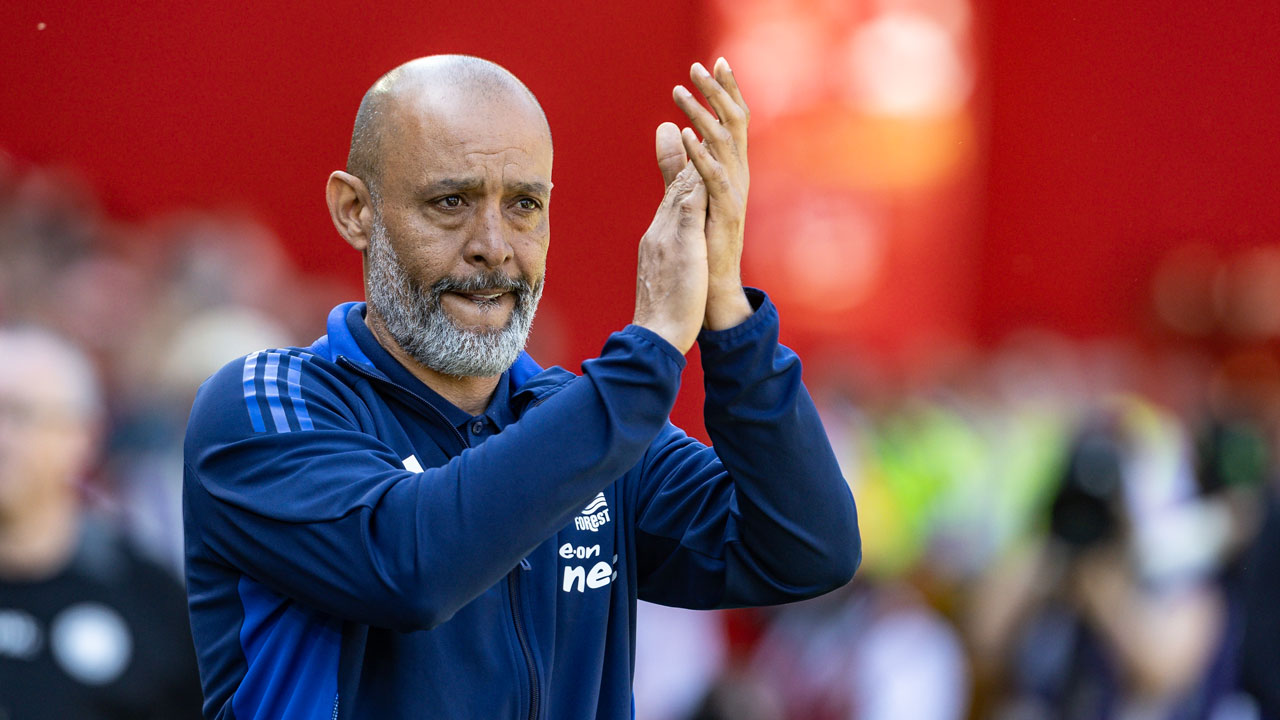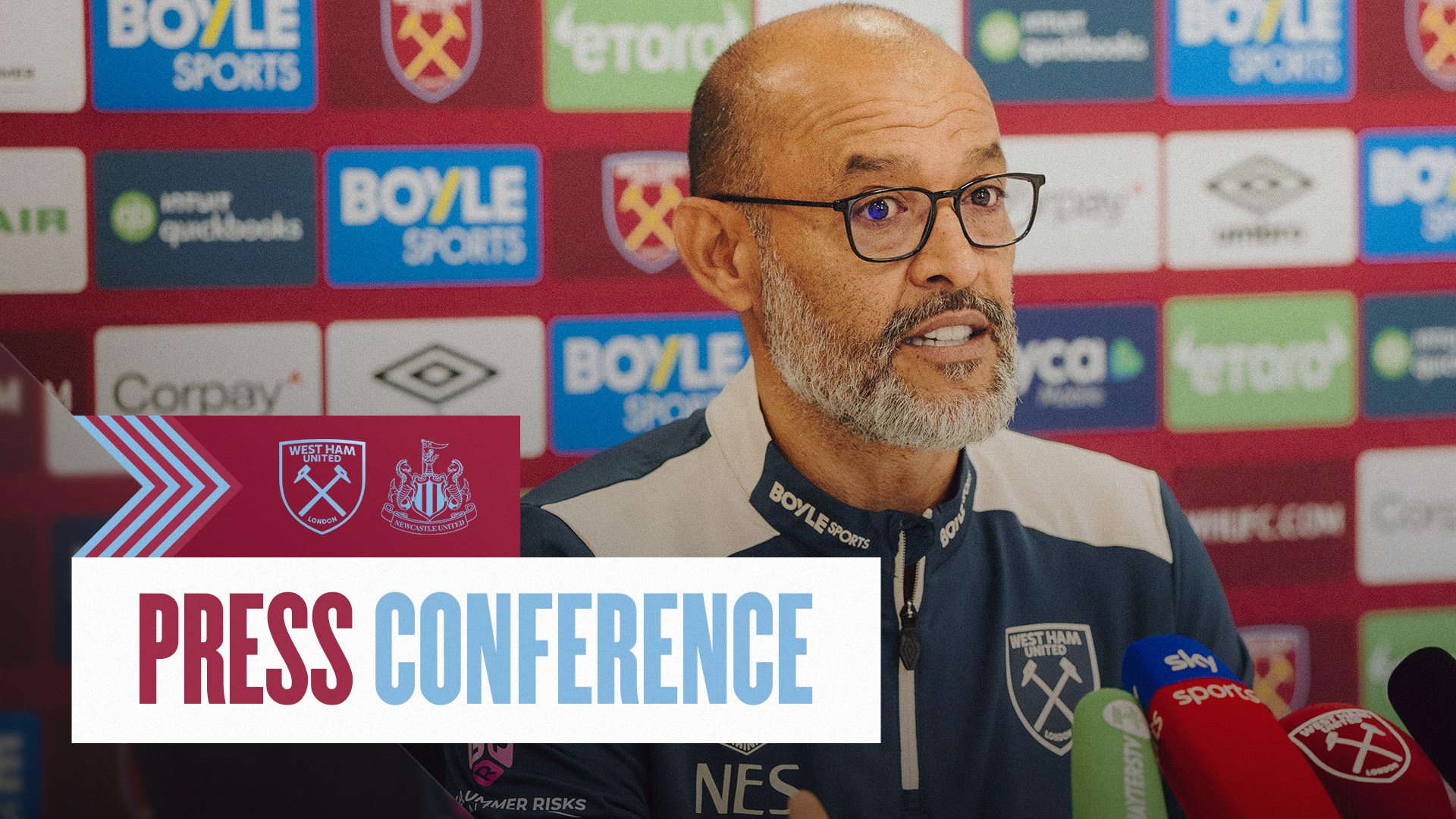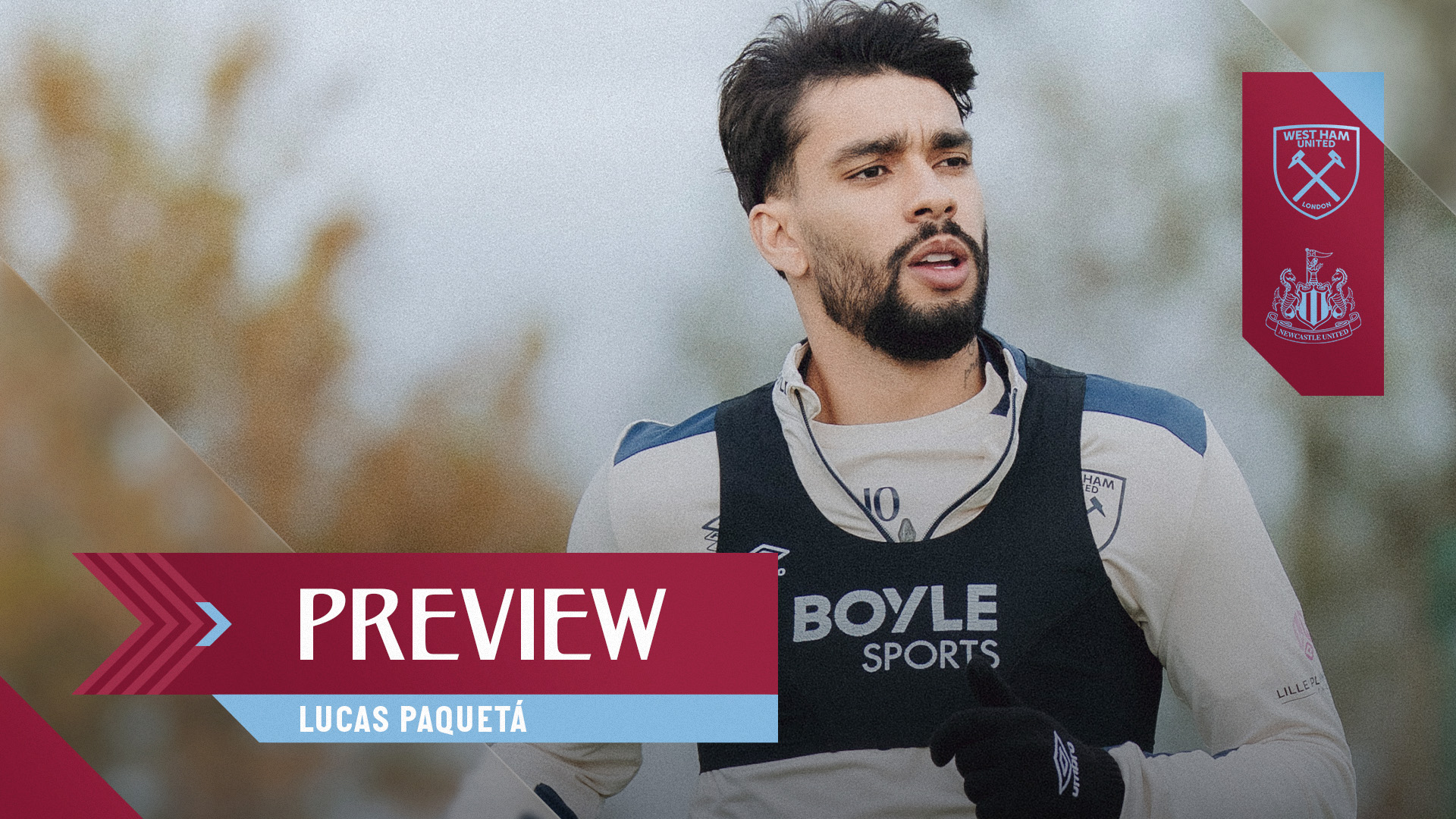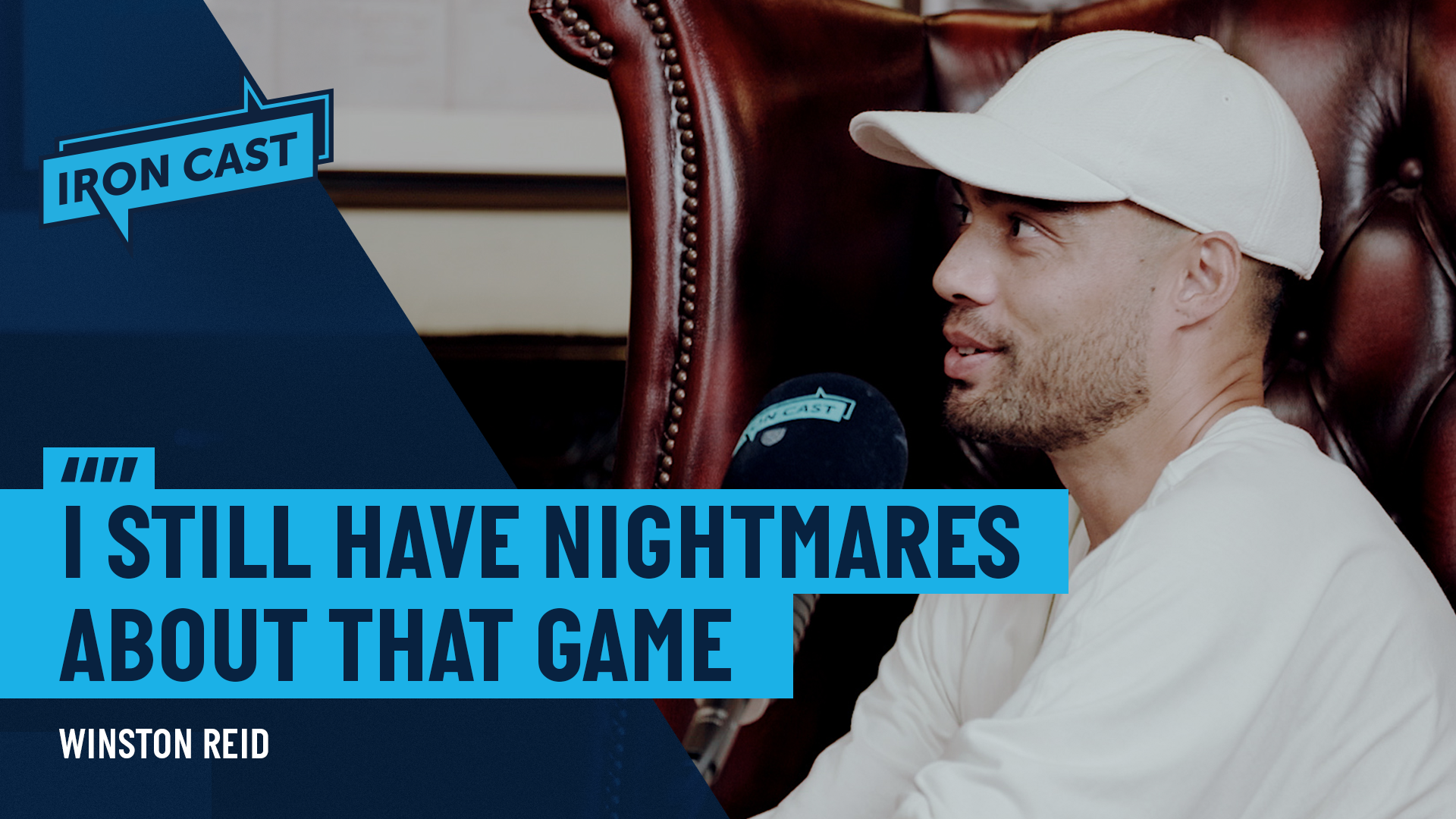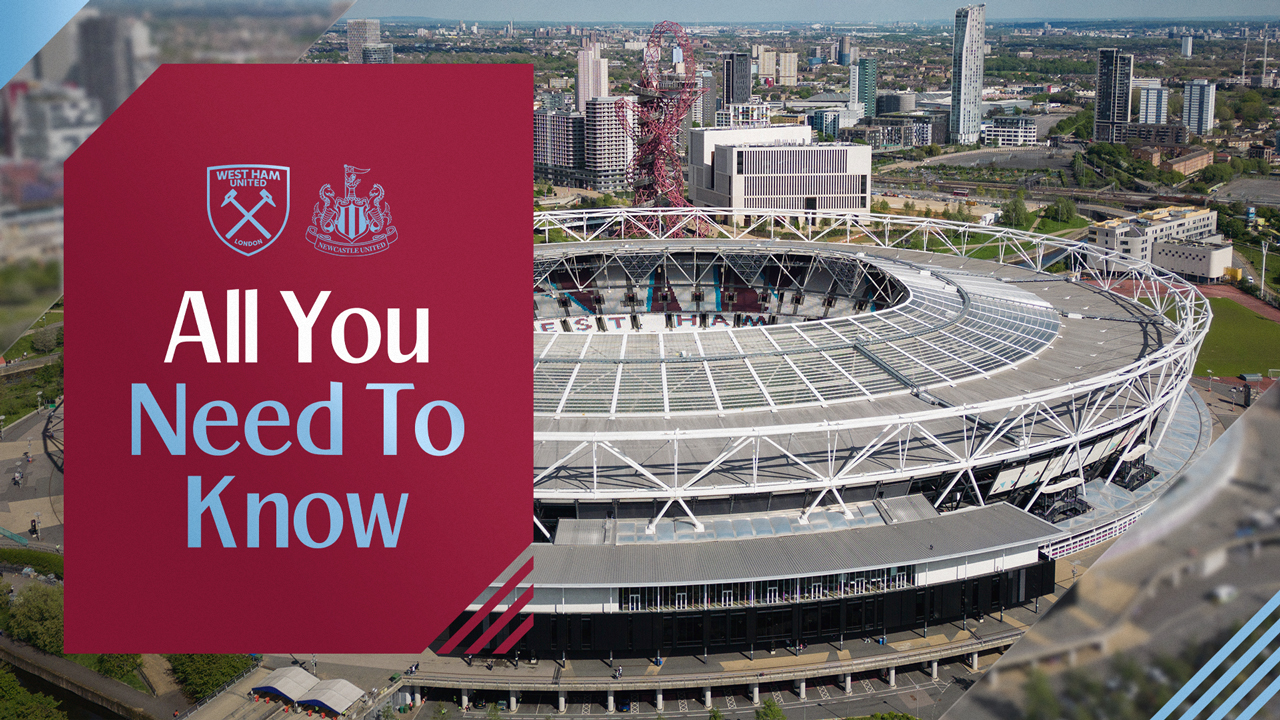Formed by Hammers supporters Jack Elderton and Callum Goodall to offer their fellow fans in-depth but accessible analysis of their team and its players, Analytics United use performance analysis and data to examine how the Reds’ visit to London Stadium could play out...
Winning just once in their last six matches, Nottingham Forest have fallen from third to seventh in the Premier League table with two games to go. If Nuno Espirito Santo’s side wish to recover their previous position, they’ll have to win in an all-or-nothing six-pointer at the top against Chelsea, one of the beneficiaries of their poor run, in the final gameweek. Before they do that, they must take all three points on Sunday at the London Stadium against a rejuvenated West Ham coming off the back of a 2-0 win away at Old Trafford. And Graham Potter’s side may look to replicate their good work in that match in similar fashion this weekend against another team that thrives in counter-attacking moments.
Where Bruno Fernandes links with Alejandro Garnacho and Amad Diallo on dynamic breakaways in Manchester, it’s the relationships between Morgan Gibbs-White, Anthony Elanga and Chris Wood that have defined Nottingham Forest’s best season since 1995. Originally considered an expensive signing from Wolves back in 2022, Gibbs-White has been sensational this season, linking up with his old Molineux manager. If Nuno didn’t play him often then due to the rigid constraints of his 3-4-3 system and the form of players like João Moutinho, Ruben Neves and Diogo Jota, Gibbs-White has flourished this time as the ten in a 4-2-3-1 designed to get the best out of his abilities.
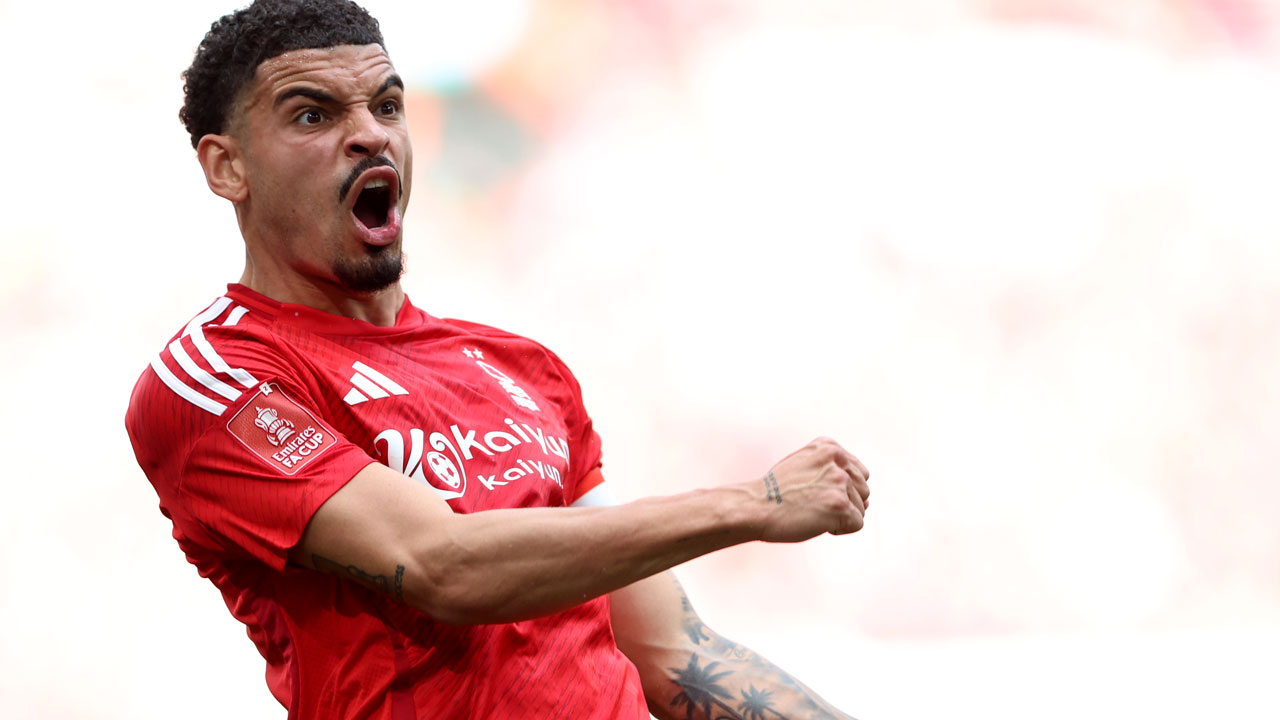
Scoring six goals and assisting a further eight, Gibbs-White has only improved further since forcing his way into the England set-up last season, appearing twice as a substitute under interim manager Lee Carsley. Forest’s main man tops the charts at the club for open-play shot-creating actions (90), 16 more than his closest teammate and inside the top ten across the entire Premier League, whilst also ranking highly for expected assisted goals (4.8, second highest at Forest), progressive passes (158, top at Forest) and carries into the final third (50, second amongst Forest players).
But all of his positive work would have had half the impact if not for the incredible form of the others joining him in the frontline throughout this campaign. Anthony Elanga has recaptured his best level since leaving Manchester United with six goals and ten assists, providing the pace to enliven Forest’s counter-attacks. And Chris Wood has had his best individual season to date, scoring a whopping 20 goals and ranking fourth in the top scorers chart with two games to go. Callum Hudson-Odoi’s work should also not be forgotten. The former Chelsea player remains sidelined with injury but had scored five himself, cutting in from the left to whip delightful shots towards the far corner, something he produced in fine fashion last time these sides met for Forest’s second goal in their 3-0 win in November.
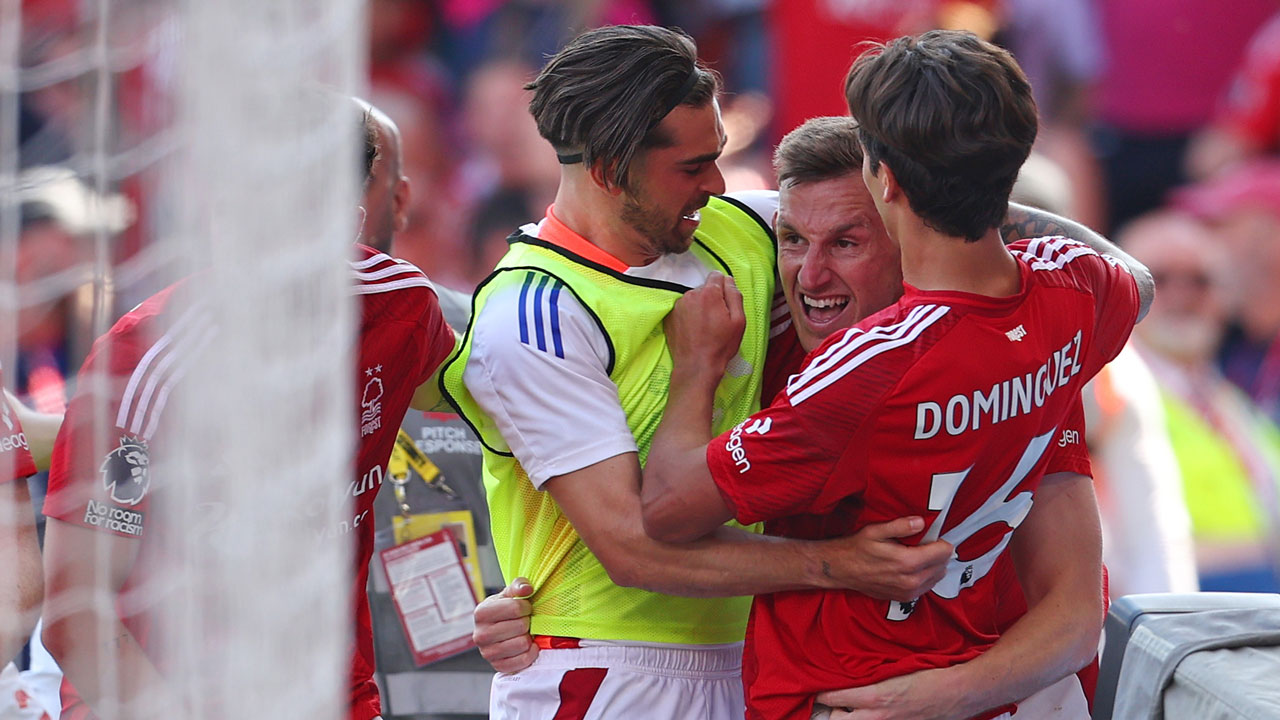
If Forest have been relentless on the break, scoring 56 times this season, this approach has been entirely dependent on the excellent work done in defence. Their consistent execution in this area might actually be the source of greatest satisfaction for Nuno and the Forest hierarchy because of the amount of work that had to be done to transform this unit in terms of both personnel and performance prior to this season. Being promoted to the Premier League in 2021/22 via the Play-Offs, Forest conceded 68 and 67 in their first two seasons back in the big time. Finishing the first of those seasons drawing 1-1 at Selhurst Park with a backline unit of five containing Wayne Hennessey, Serge Aurier, Joe Worrall, Moussa Niakhaté, Willy Boly and Renan Lodi, all of which faced heavy rotation with Dean Henderson, Keylor Navas, Felipe, Scott McKenna, Steve Cook, Harry Toffolo and Neco Williams, Forest set about launching a complete overhaul in the following summer.
Two years on from that match and Forest will almost certainly play Matz Sels, Ola Aina, Nikola Milenković, Murillo and Williams, the only survivor from those days, in a backline that has been virtually unchanged all season. Breaking this new defensive unit apart has been one of the biggest challenges in the Premier League this season and the fearsome five have provided the bedrock for another odds-defying Nuno season. Where Conor Coady joined Neves and Moutinho to form the core of his Wolves team that burst towards the top of the Premier League in their first season post-promotion, Nuno has managed to recreate the same consistency, togetherness and outcomes with a new group 60 miles to the east at The City Ground.

Arriving from Strasbourg in Ligue 1 for a reported £5m, Sels has led the way in the Premier League this season for clean sheets (13) whilst currently sitting third amongst goalkeepers for save percentage (74%) and goals prevented (+2.9). Young Brazilian centre-back Murillo sits inside the top 5% of Premier League centre-backs for both blocks and clearances whilst producing a 67.2% aerial success rate, a crucial part of the game when you tend to have less of the ball. Reports would suggest he cost just £15m to sign from Corinthians and Milenković added little more at just £12m from Fiorentina. The Serb completes the trio with truly outstanding performance in the duels where he ranks second amongst Premier League defenders for success in both aerial and ground duels with 72.4% and 78.6% respectively. These three have combined to concede just 44 goals this season, 23 fewer than Forest’s record last term, forming the bedrock of a team that has gone from relegation battles to Champions League challenges over the course of just one year.
Finding a blueprint to get the better of Nottingham Forest this season has been nigh on impossible but things have started to turn in recent weeks as Nuno’s side have run into a familiar issue for any counter-attacking side that pushes for European qualification. As form surges and performances improve, teams can eventually begin to set-up more passively when expecting to play against one of the stronger sides in the division. These conditions then have seismic impacts on the way in which the counter-attacking side can attack. Spaces are constricted, possession increases and the gaps in behind disappear. Suddenly, the rich vein of goals that comes from wide open spaces and killer through balls dries up as players are asked to break down toughened low blocks, where even Manchester City, with all of their talent, ran into trouble against one of the league’s worst ever sides last weekend.
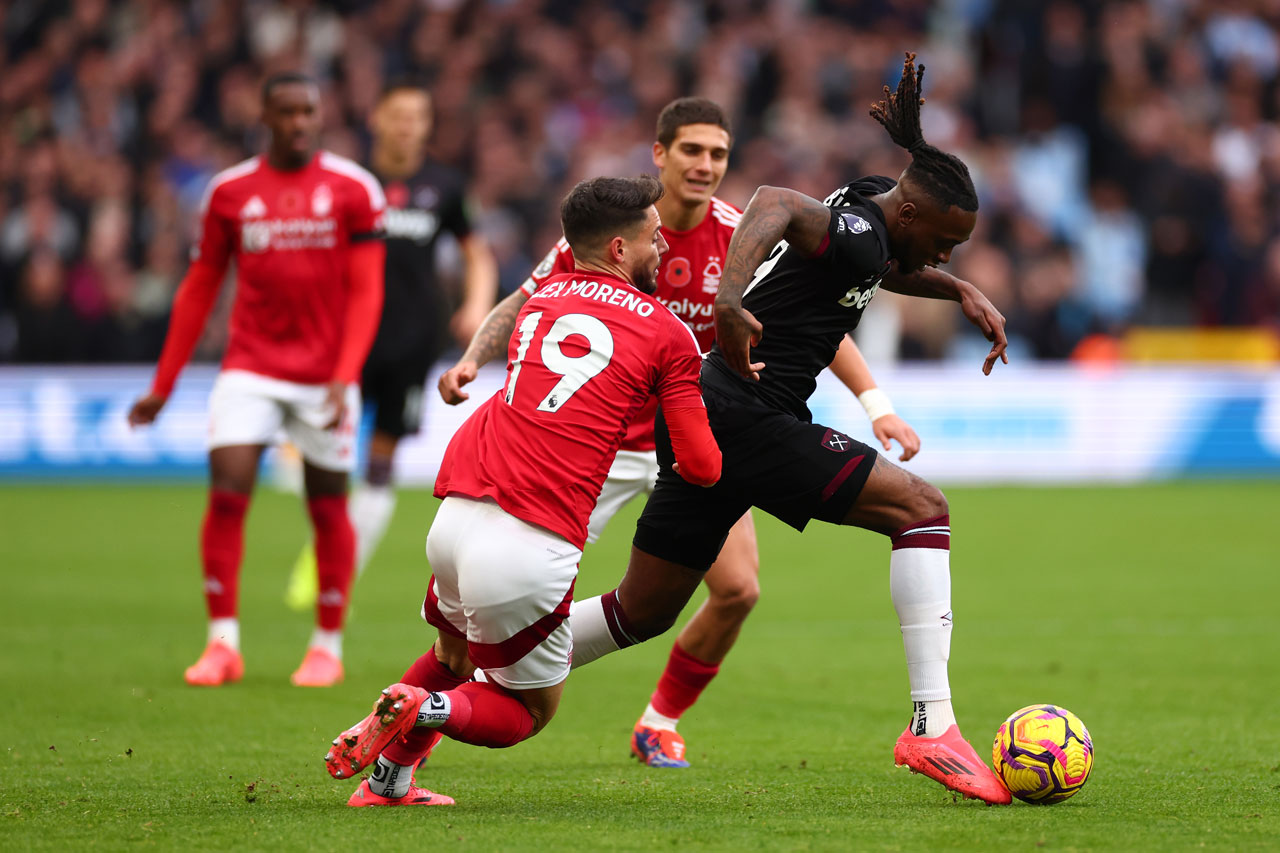
As such, Potter could pragmatically approach this game by ceding territory to Forest in order to ask different questions of their attackers and leave their duel-dominant defenders exposed to more counter-attacking situations themselves against elite ball-carrying breakers like Jarrod Bowen and Mohammed Kudus. If this can be executed well, relying on a strong defensive performance to consistently dominate the space around and inside the penalty area, West Ham could derail Forest’s Champions League ambitions and pull away from both Manchester United and Spurs into mid-table, finally brushing off the cobwebs of inconsistency and building some momentum and good feeling to carry into next season.
*The views and opinions expressed in this article are those of Analytics United and do not necessarily reflect the views and opinions of West Ham United.

